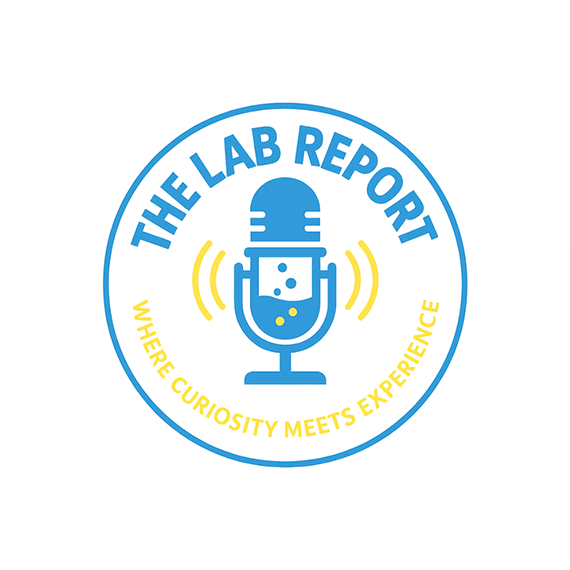We’ve seen those breathtaking videos of natural landscapes, watched synchronized LED light performances at the Super Bowl, or even read about commercial drone package delivery. Drones or unmanned aerial vehicles (UAVs) have served their initial purpose of military reconnaissance and supported developments in agriculture, photography and film, and even search and rescue operations. They’ve recently made their way into education, and it becomes important for our educators to examine the opportunities and precautions when implementing lessons involving new technology.
This year, TGR EDU: Create introduced drone workshops during our STEM Studio professional development trainings for educators that focused on promoting computer science concepts and how STEM thinking has contributed to the current application of drones.

Prior to programming their Parrot Mambo drones with the Tynker app, the educators examined disciplines in STEM and how each played a key role in drone development:
- Science – battery optimizations, lightweight and durable materials
- Technology – digital camera optics and stabilization
- Engineering – maximizing flight time, enduring weather elements, aesthetic designs
- Math – algorithms and equations that allow for advanced functions
Educators worked in small teams to explore their Parrot Mambo drone, and while doing so, they began to share ideas on how this tool can be incorporated into existing lessons and programs. The TGR EDU: Create team provided safety guidelines and suggestions for individual roles in student teams to ensure smooth implementation. These roles include program operator, safety monitor, drone handler and program designer. Aside from classroom management strategies, the STEM Studio educators became aware of existing drone regulations and no-fly zones from the Federal Aviation Administration (FAA) and how to seek local city ordinances on drone use.

Participants attending the STEM Studio session were given a series of programming challenges which include creating specific flight patterns involving shapes and angles, traveling specific distances across the grass, and taking a team photo using the built-in camera. These hands-on experiences allowed them to become familiar with the classroom kit of Parrot Mambo drones, which they can check out from the TGR EDU: Create Lending Library throughout the year.
Introducing new technology or relevant concepts has the potential to engage and inspire students in deeper learning by allowing them to explore subjects that will impact their future. Rather than developing completely new lessons and activities, educators can find valuable resources from technology manufacturers such as Parrot Education (edu.parrot.com) and Sphero EDU (www.sphero.com/education). This ultimately allows educators to adapt lessons and focus on successful STEM integration into existing curricula.
Redefining what it means to be a champion.





